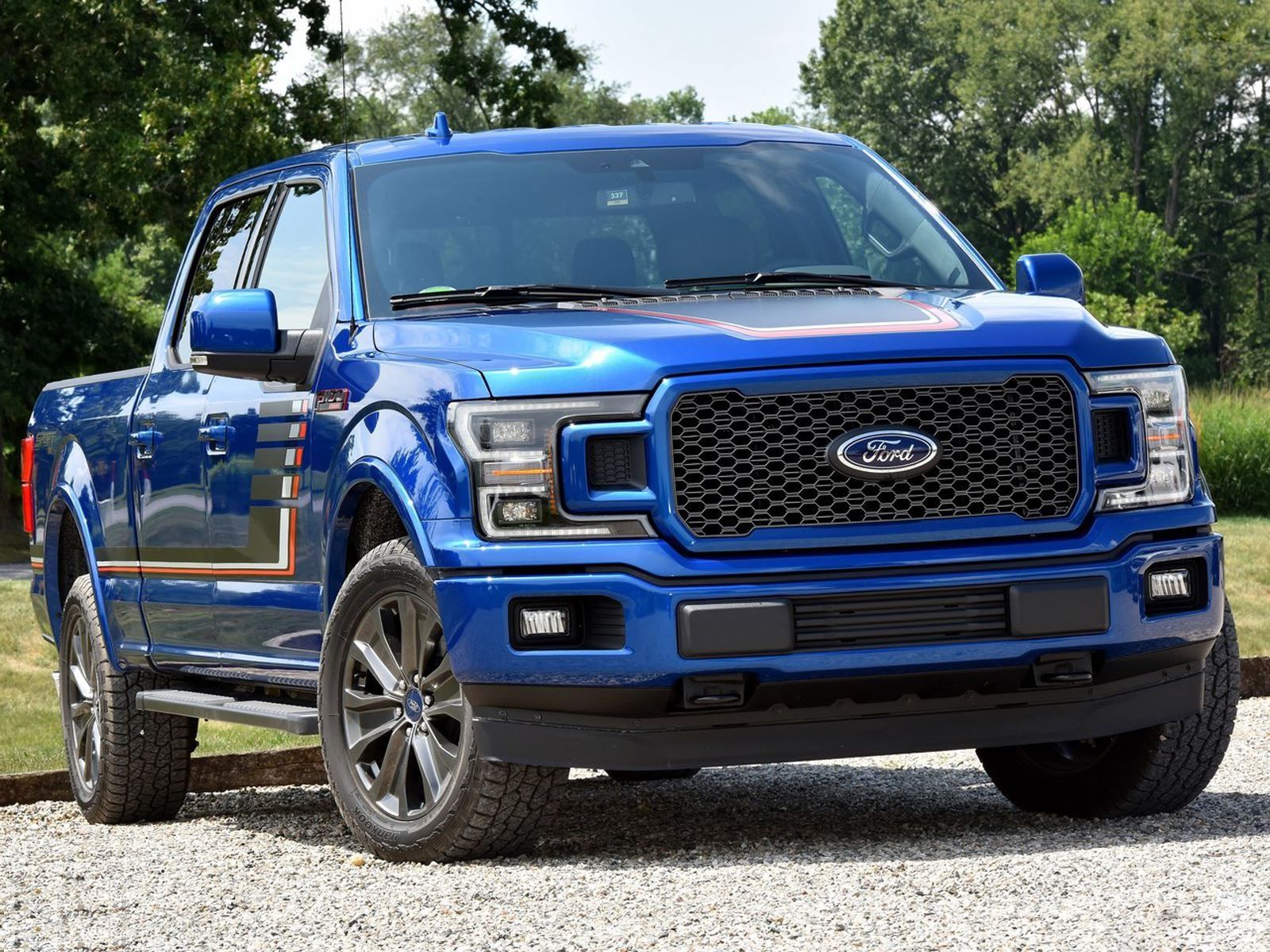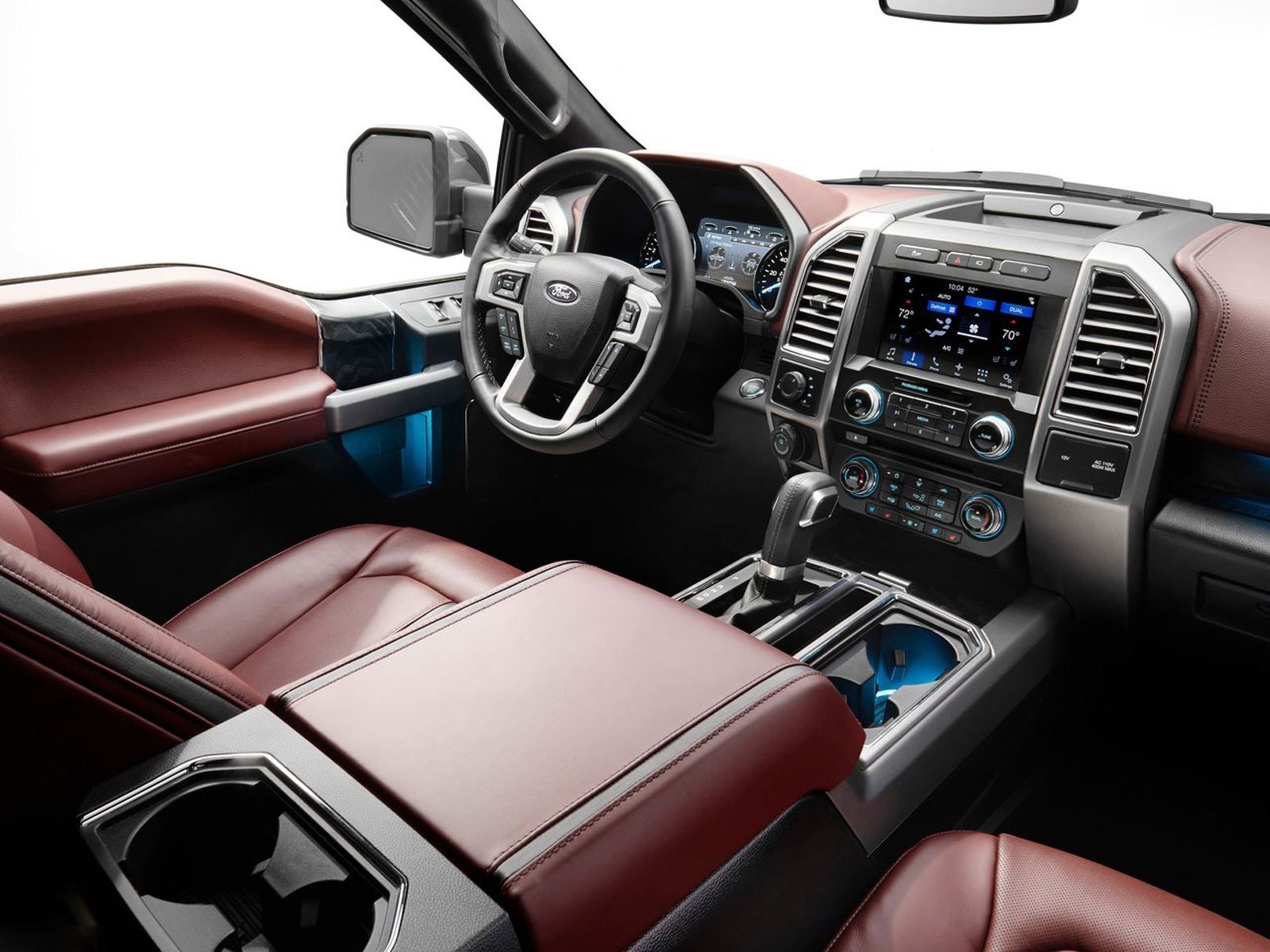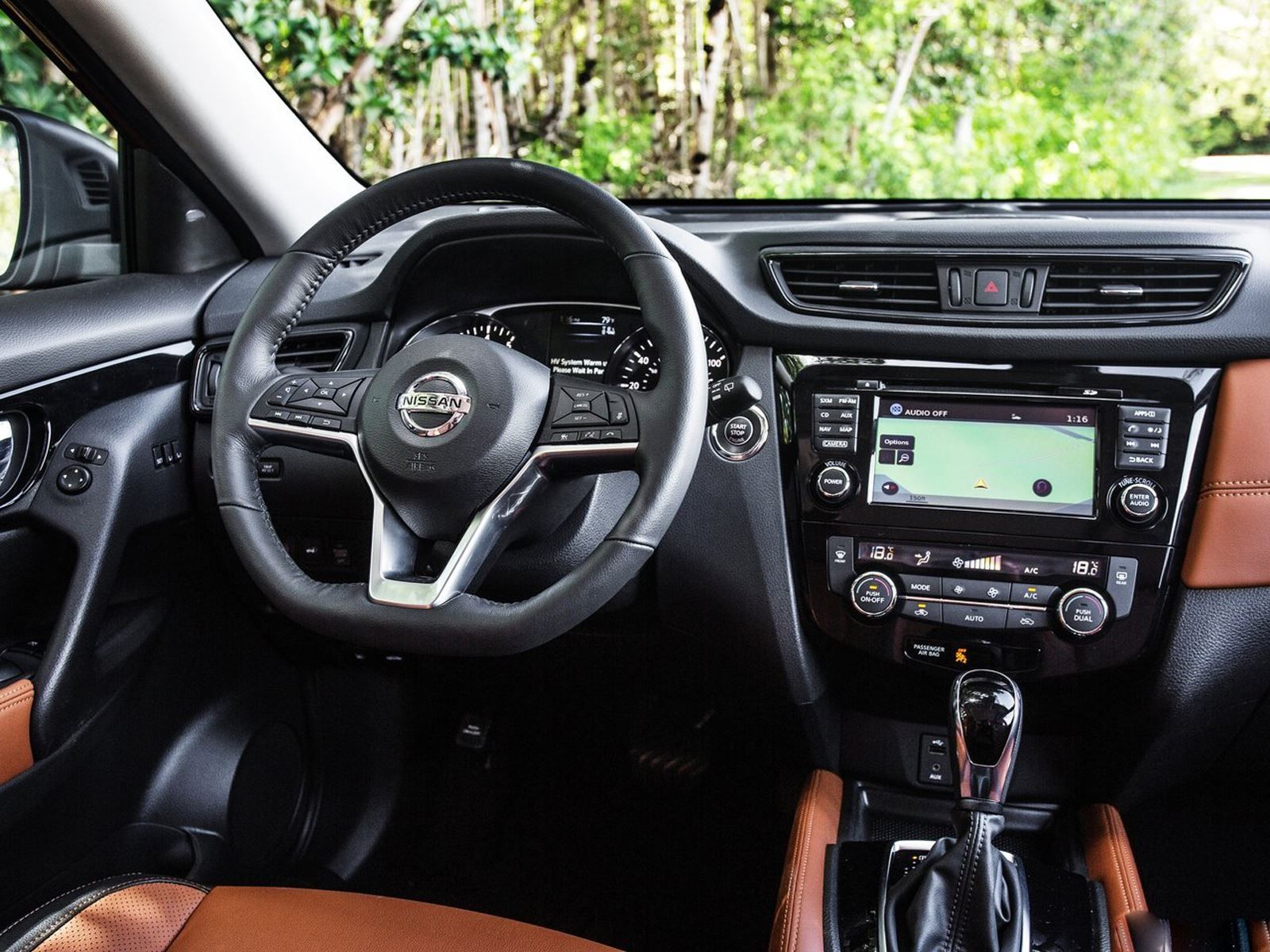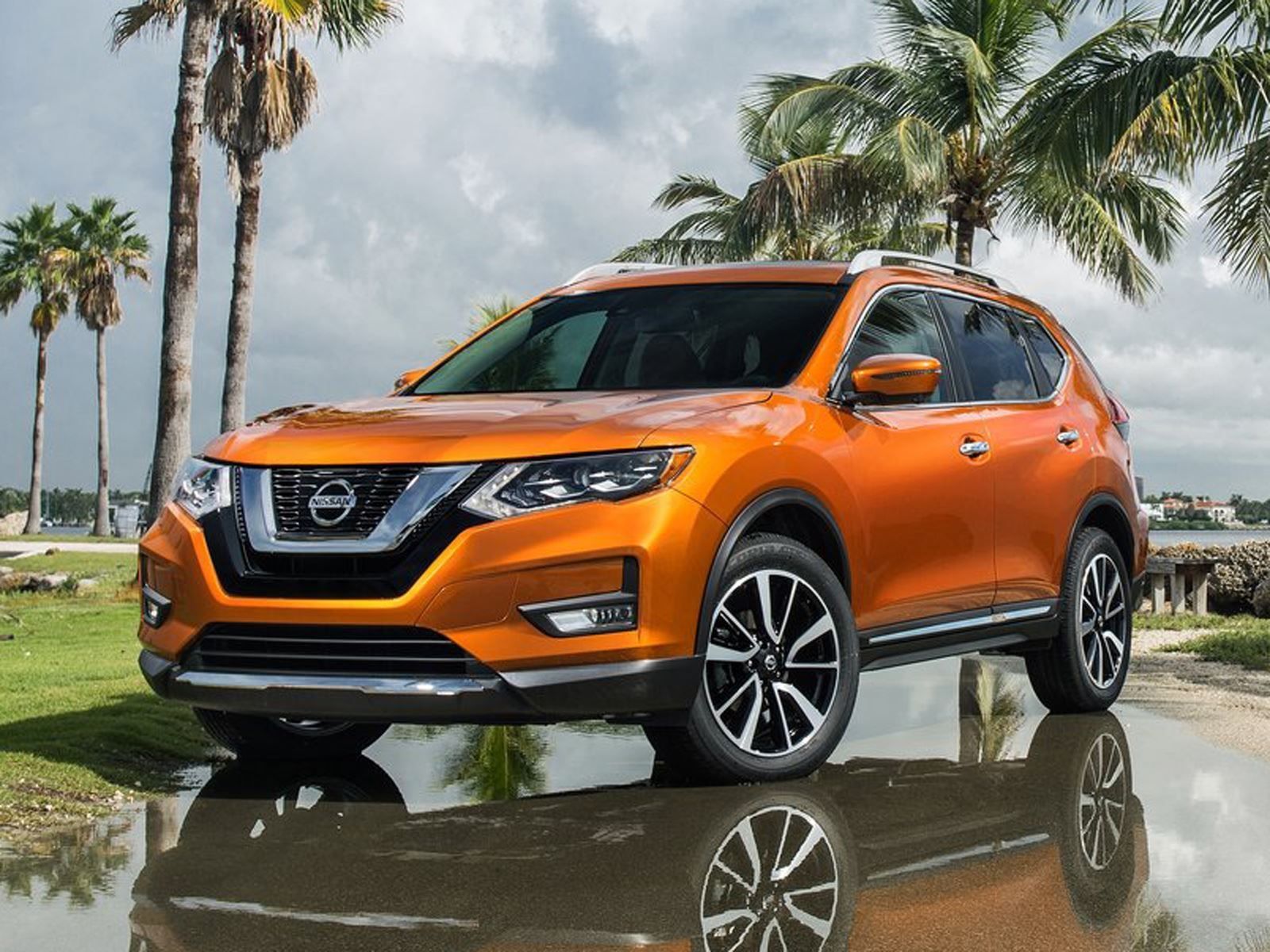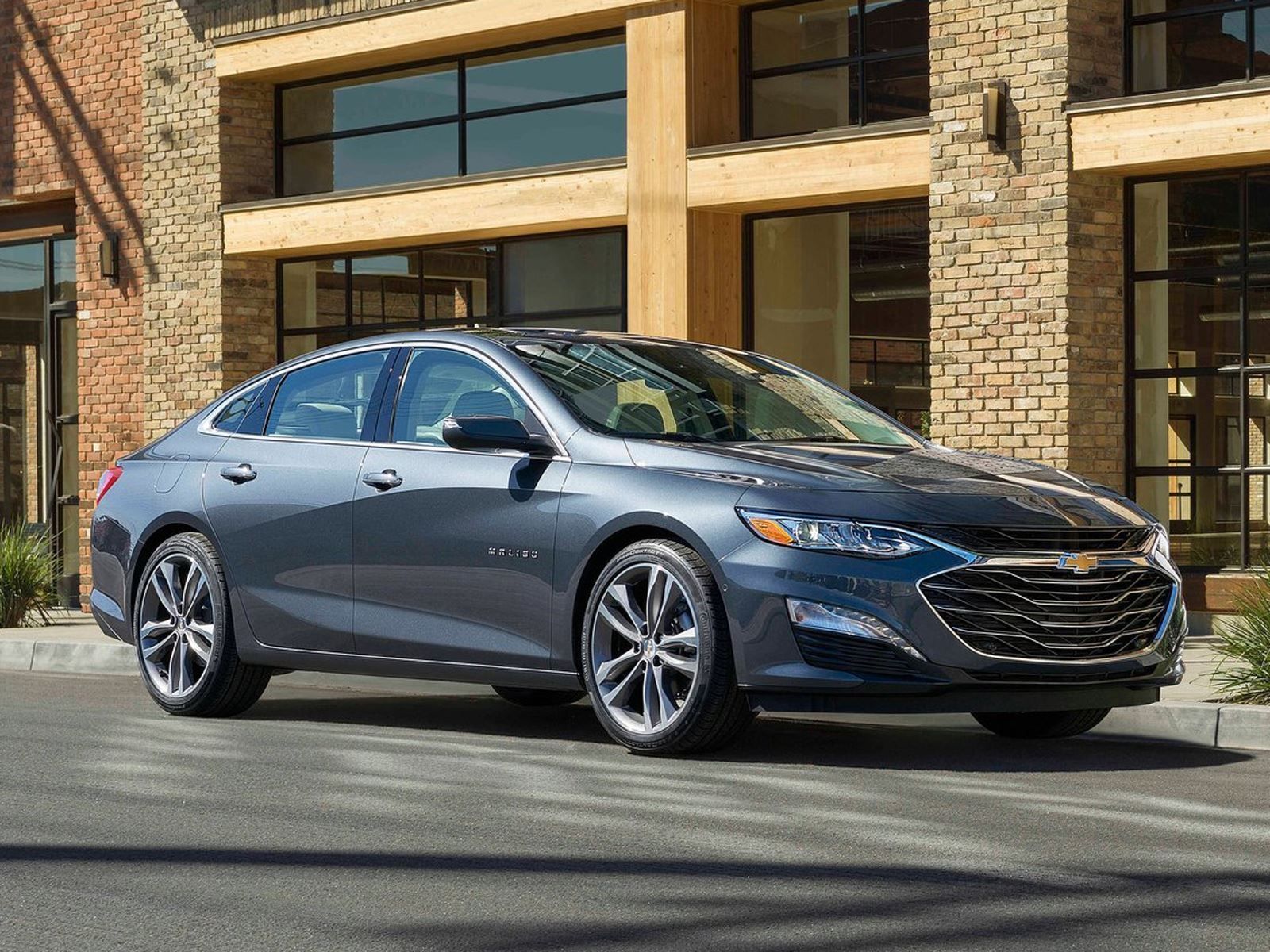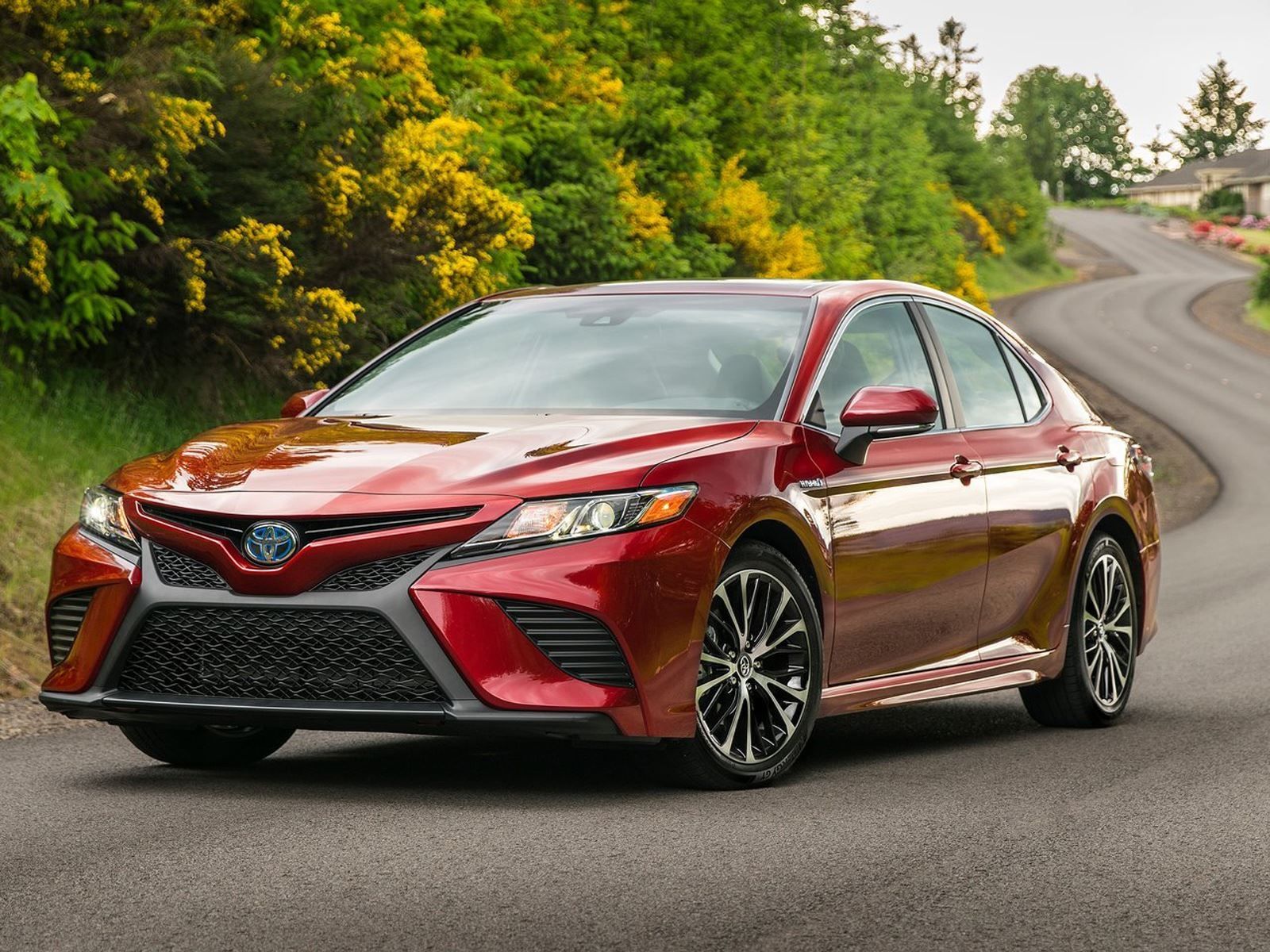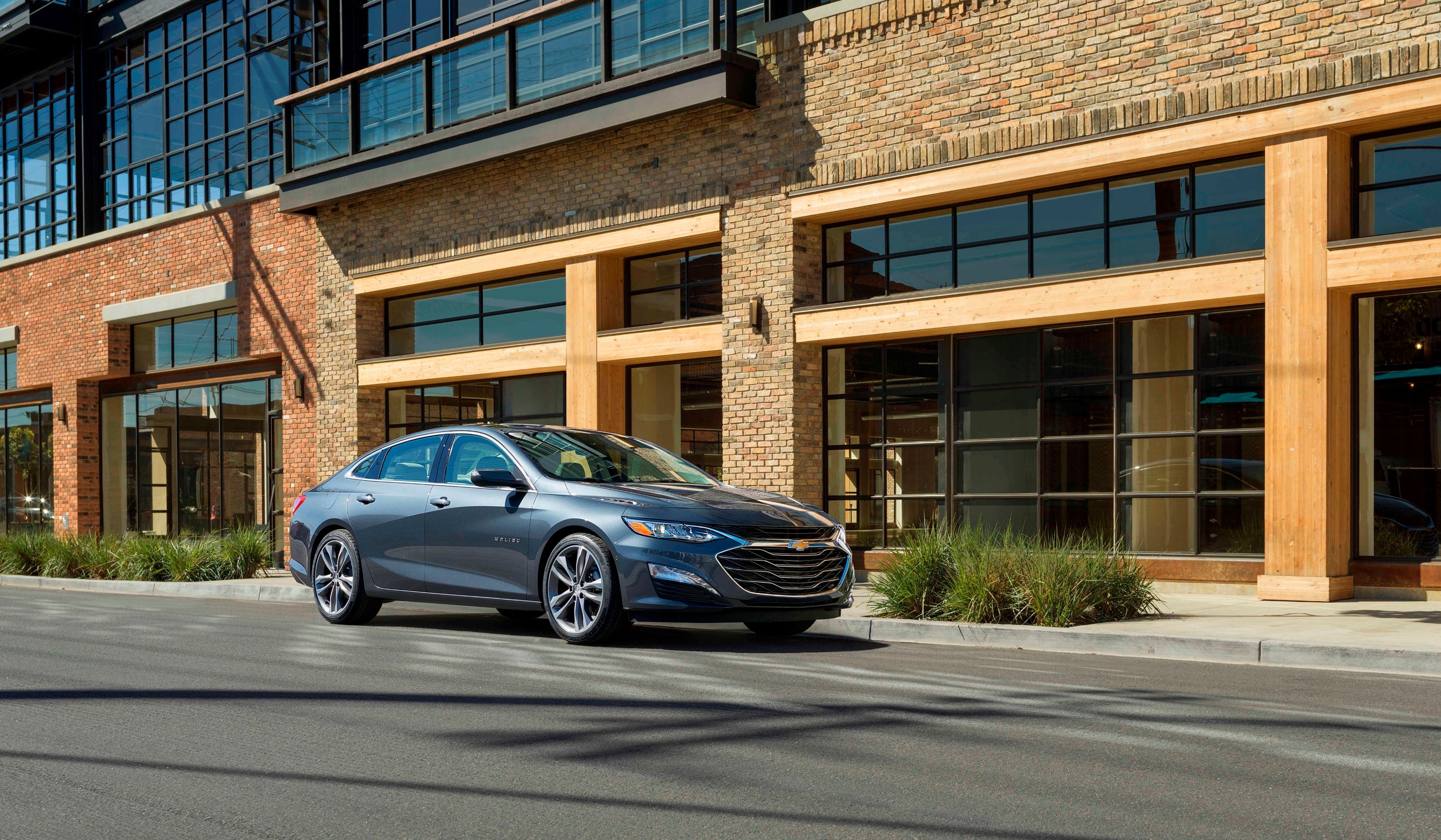
Americans are borrowing more money than ever to buy new cars, and often times even leasing a new car or truck isn't exactly cheap either. However, when taking out a loan for a new vehicle, try your best to determine the maximum you're willing and/or able to pay otherwise, well, you may get stuck in a situation like this. According to CNBC and Experian, in the first quarter of this year Americans are paying an average of $523 a month, an all-time high.
The analysis completed after the first three months of 2018 also found that buyers borrowed an average of $31,453, another record high. The data was collected from an analysis of over 4.7 million auto loans. Compared to last year, the average monthly car loan payment increased by $15, and it doesn't sound likely it'll drop in the near future. So what's going on here? Why the increase? Perhaps the most significant reason why is the recent rise in interest rates. The first quarter of 2018's average monthly interest rate for a car loan was 5.17 percent, which is up 31 basis points compared to a year ago, Experian points out. But it's not just an interest rate hike that's causing monthly payments to go up; it's also the price of the vehicles themselves.
People are simply buying more expensive vehicles. And because of that, consumers are also taking out longer loans in order to keep that monthly payment as low as possible. Experian adds that the average length of the loan in the first quarter of 2018 is five years and nine months. So while Americans are willing to borrow more for a longer period of time, the data also indicated that 30-day delinquencies dropped to just 1.86 for all car loans during the same period. In other words, there's been a decline of those with car loans being unable to make payments. This indicates that lenders, in general, are offering bigger loans for longer periods of time for car buyers, but mainly to those with good enough credit.
Those with low credit scores are more restricted regarding vehicle loan conditions. In fact, the percentage of new vehicle loans to subprime and deep subprime buyers dropped by 8.4 and 14.1 percent, respectively.

